Tasty, juicy filling with soft, fluffy wrappers, homemade bao buns are super comforting! This guide offers tips and tricks to ensure a fail-proof cooking experience.
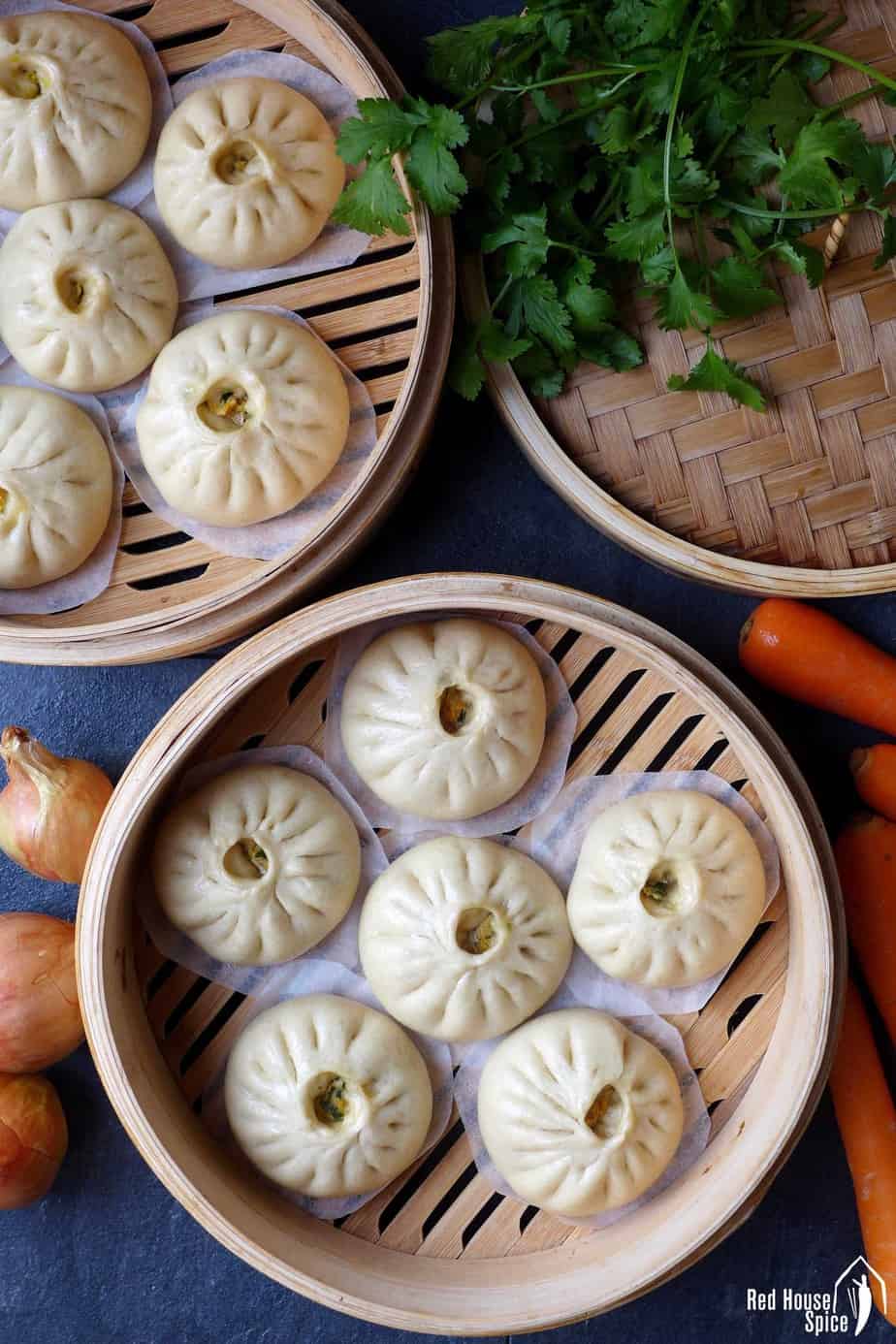
Popular as street food and an everyday family dish in China, steamed bao buns (Baozi, 包子) is one of the foods I really enjoy cooking. They are not difficult to make but it can be very tricky to get them right, especially when it comes to making a nice wrapper which rises properly, has a smooth look and a soft, fluffy texture. Today, I’m sharing all the knowledge I’ve gained through trial and error over the years.
Flour choices
Which type of flour shall I use to make bao buns? My answer to this FAQ is all types of wheat flour works (regardless of the gluten level). However, you may wish to choose a particular type of flour to achieve a certain look/texture.
Do you like them fluffy and less chewy? Then use flour which has a medium to low gluten level. Check the nutrition label on your flour package. The protein content should be under 11g per 100g flour. As far as I know, common all-purpose flour in the UK and the US is within this range. It’s the type I use most frequently for bao buns.
Cake flour has 8-9g protein in 100g flour, so it delivers the least chewy texture. If like me, you don’t have easy access to cake flour, there is a simple substitute: Mix all-purpose flour with cornstarch (ratio: 5:1 by weight). Sift before using.
Another note: as yeast is used as a raising agent in bao buns, do not use self-raising cake flour which is commonly available in the UK.
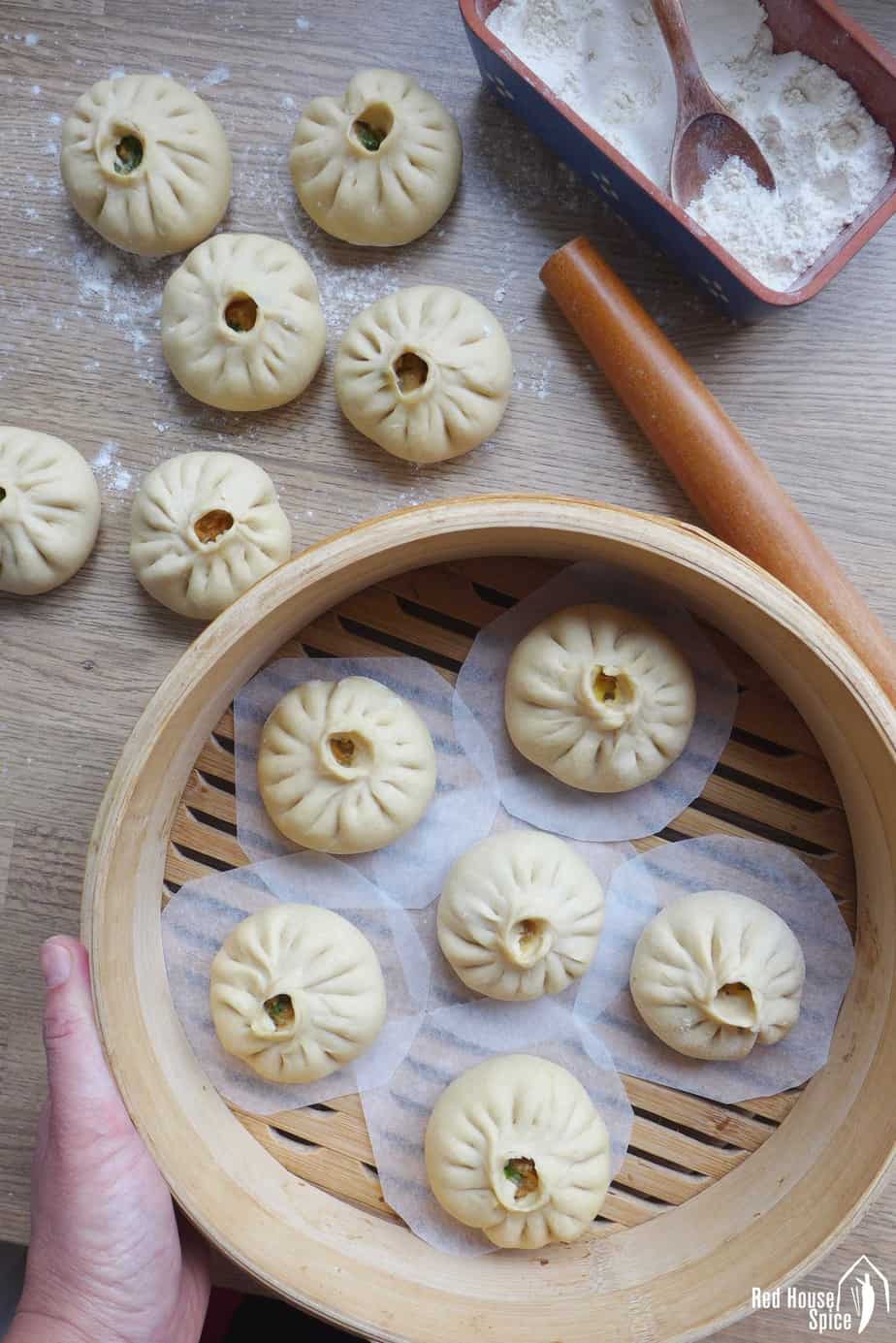
Is special bao flour better?
Flour specifically labeled as Bao bun flour/Mantou flour is available in Chinese/Asian shops. It has a low gluten level (around 8g protein in 100g flour) so it’s good for producing fluffy Bao. However, personally I don’t like it as it’s heavily bleached and processed (that’s why it produces a whiter finished look). I’ve tried several brands of bao flour and I find them lacking in natural wheat flavour.
Make the dough
Unlike dumpling (Jiaozi) dough which is made from water and flour, bao buns call for the leavened dough which involves the use of yeast. The wrapper rises during the process of steaming.
My recipe for Bao bun dough requires five ingredients: all-purpose flour; dried yeast; sugar; cooking oil, and lukewarm water.
- The flour & liquid (water + oil) ratio is 2:1 by weight. It may vary a little depending on the type and the brand of your flour.
- The water & oil ratio is 10:1 by weight. It’s better to choose the cooking oil which doesn’t have a strong taste (eg. rapeseeds, sunflower, canola, vegetable, etc.).
- For every 500g of flour, you will need 2 teaspoons of dried yeast. Add the same amount of sugar or a little less (but not more).
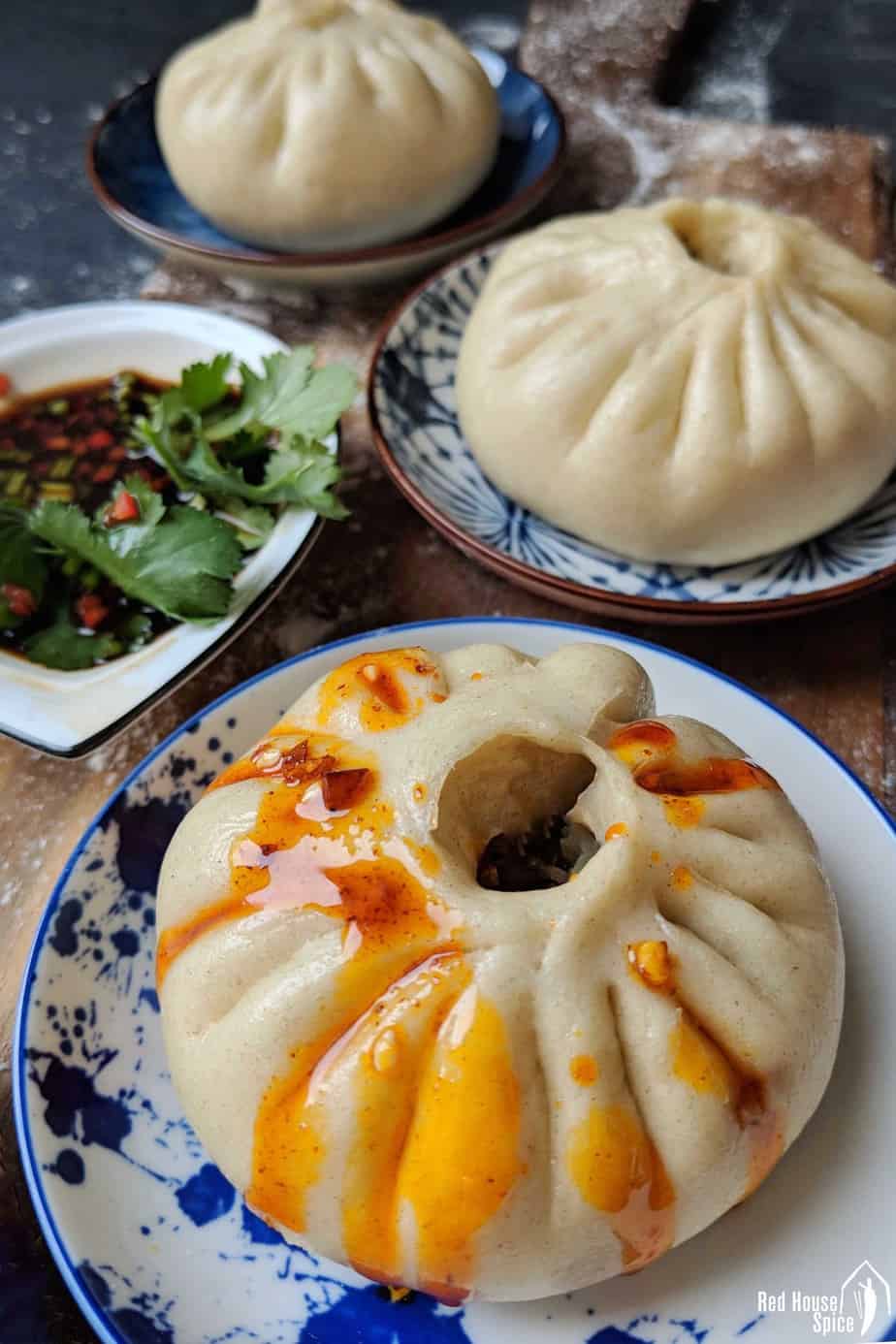
Why is kneading important
Everyone loves a bao bun with smooth, even skin. Unfortunately, homemade ones can easily end up with a pot-marked look. The well-kneaded dough will create even air bubbles inside the dough and therefore lead to a smoother appearance after steaming.
I’ve done a test with my six-year-old daughter. We kneaded two identical pieces of dough then rested and steamed them in the exact same way. Obviously she has much less strength and skill in kneading. So her buns had a much rougher look. Another surprising finding was that extended kneading will lighten the colour of your dough.
Here are my tips on kneading:
- You may use your hands or a stand mixer with a dough hook. Knead until the dough is very smooth.
- For me, the best practice is to initially combine the dough in the stand mixer for 5 minutes or so, then knead with hands to finish.
- After the dough has risen and before shaping the buns, you need to knead the dough again until it returns to its original size and the smooth look.
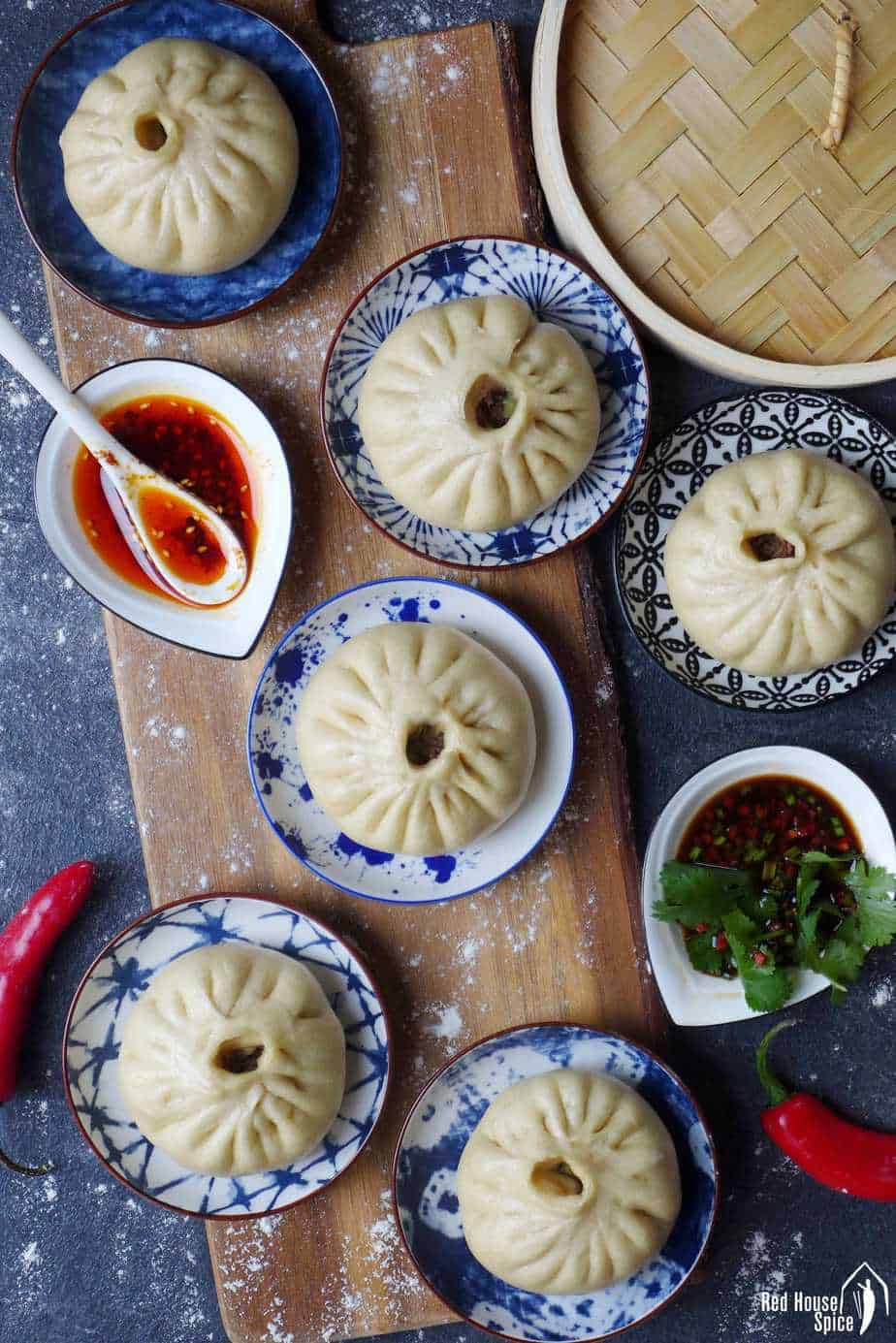
Rest the dough
Fermentation takes place when you leave your yeast dough to rest. As yeast is very sensitive to temperature, the required resting time varies a lot. To double the size of the dough, it can take as little as 40 minutes if the room temperature is high (and/or if the dough is small in size), or up to 1.5 hours if it’s cold.
To accelerate this process, you can:
- Place the dough bowl in a warm room/area. For example, near a radiator or a preheated oven.
- Heat up a glass of water in the microwave then put your dough bowl inside (keep the glass in). Shut the microwave door.
- Turn on your empty drier for 2 minutes then place the dough bowl inside (I learned this trick from food blogger Nagi).
- Cover your bowl with a damp cloth as humidity also affects fermentation.
Leave the dough to rise until its size doubles. Then knead again to remove any bubbles trapped inside. After shaping the dough into individual Bao, leave them to rise a second time before steaming, about 15 minutes this time.
Make the filling
I use pork and carrots as the main ingredients in this recipe. Onion and coriander are added to boost the flavour.
- Add water/stock to the pork will produce a juicy filling. You can find more tips on this topic in my post “How to make great dumpling fillings”.
- Briefly stir fry carrot and onion in a little oil. This will enhance their flavour and give the filling a soft texture.
Other bao recipes
📋 Recipe card
Love this recipe? Please leave a 🌟🌟🌟🌟🌟 rating and a comment. Thank you!
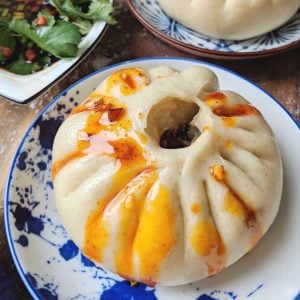
Steamed bao buns (包子), a complete guide
Ingredients
For the dough
- 300 g all-purpose flour - or cake flour, see note 1
- 1 teaspoon dried yeast
- 1 teaspoon sugar
- 1 tablespoon cooking oil - see note 2
- 140 ml lukewarm water - see note 3
For the filling
- 150 g minced pork
- 1 teaspoon light soy sauce
- 1 teaspoon oyster sauce
- 1 pinch ground Sichuan pepper - or Chinese five-spice powder
- ¼ teaspoon salt
- 4 tablespoon water - or unsalted stock
- 1 tablespoon cooking oil
- 150 g carrot - grated
- 1 small onion - finely chopped
- 2 tablespoon coriander - finely chopped
Instructions
Prepare the dough
- Mix flour, yeast, sugar and oil in a bowl. Pour in water little by little while mixing.
- Combine and knead with your hands until a very smooth dough forms (see note 4).
- Cover the bowl with a damp tea towel and leave to rise in a warm place until doubled in size (It will take between 40 minutes to 1.5 hours depending on the room temperature).
Mix the filling
- Put pork, soy sauce, oyster sauce, salt and Sichuan pepper/Chinese five-spice in a mixing bowl.
- Swirl constantly while gradually adding water/stock until no more liquid can be seen.
- Brief stir fry grated carrot and onion in oil until softened. Add to the pork along with chopped coriander.
Shape the buns (Please refer to the video below)
- Knead the dough until it goes back to its original size.
- Divide it into 12 equal portions. Roll each piece into a disk-like wrapper.
- Place some filling in the middle of a wrapper then fold into a bao shape.
- Leave all the assembled buns to rest for another 15 minutes or so.
Steam the buns
- Place the buns (with parchment paper underneath each one) in the steamer basket (see note 5). Leave 2cm space between the buns and the side of the steamer.
- Start cooking with cold water over a high heat. Turn the heat down to medium-low when the water starts boiling.
- Cook for 15-18 minutes.
Serving with a dipping sauce
- Serve them warm, on their own or with some dipping sauce (find inspirations in my post Six dumpling sauces).
Storage & reheat
- You can freeze cooked buns. Leave to defrost in the fridge then steam for 8 minutes to warm up, or steam for 15 minutes without defrosting.
Video
NOTES
NUTRITION
NUTRITION DISCLOSURE: Nutritional information on this website is provided as a courtesy to readers. It should be considered estimates. Please use your own brand nutritional values or your preferred nutrition calculator to double check against our estimates.

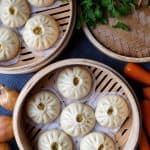
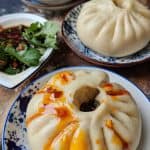
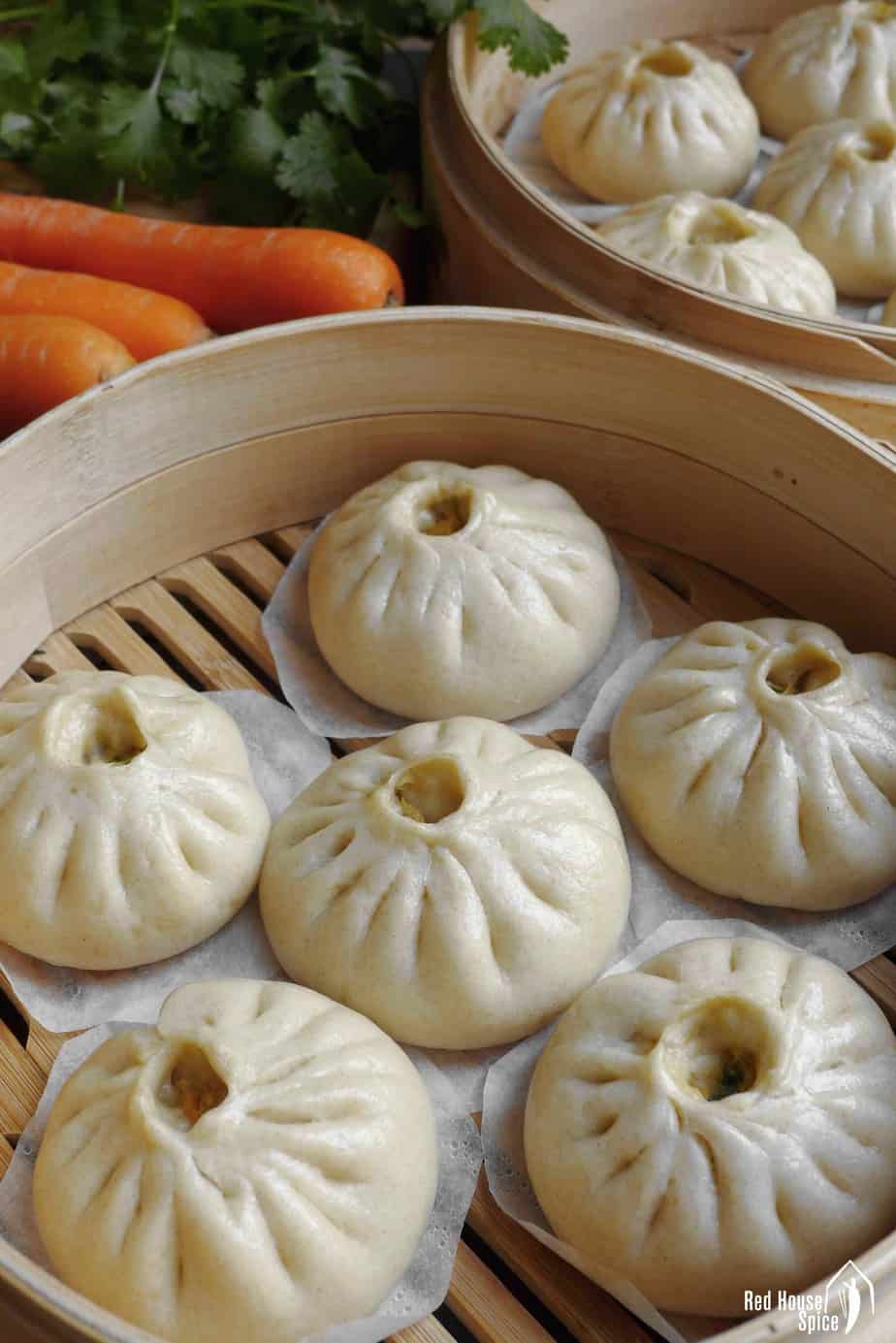
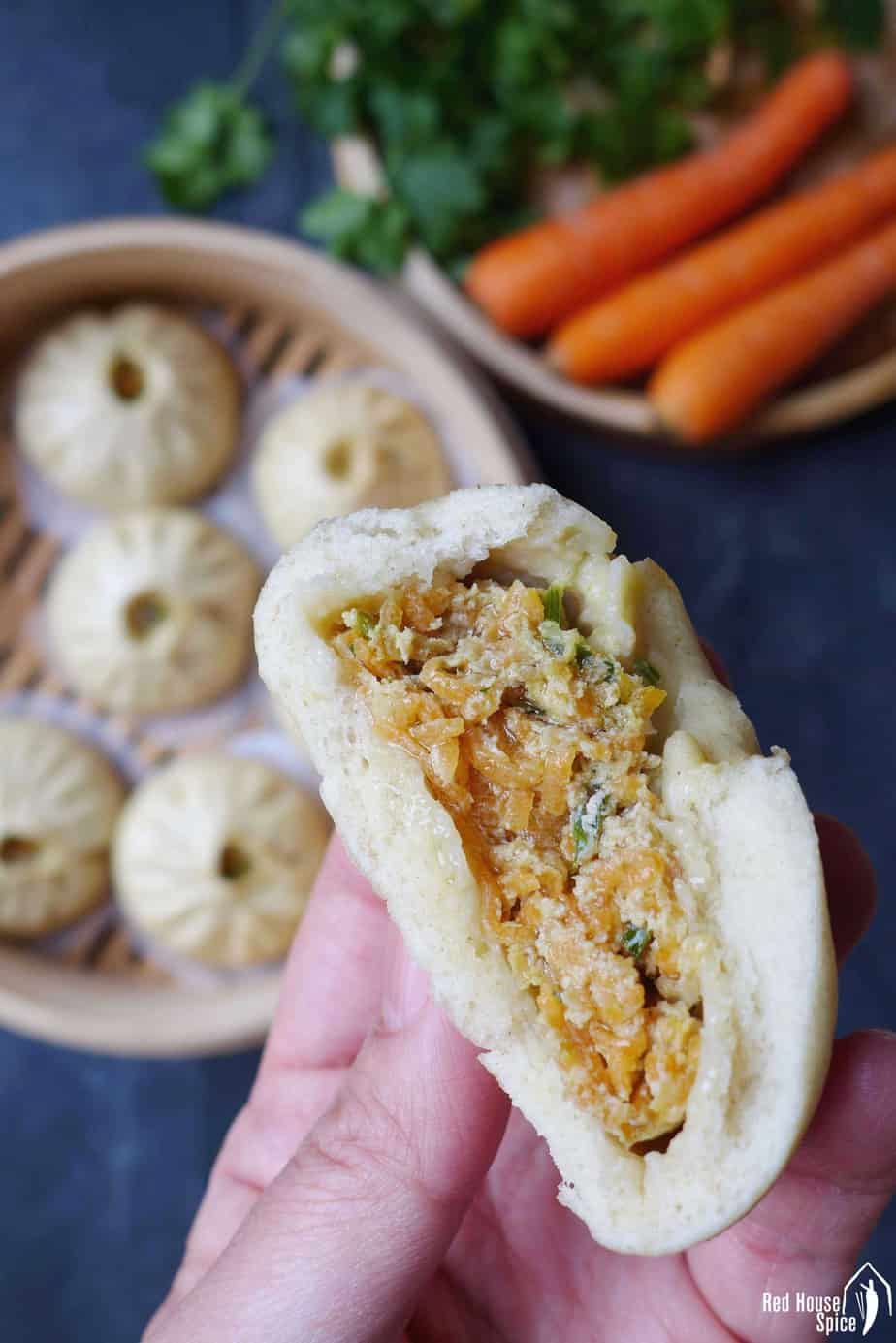
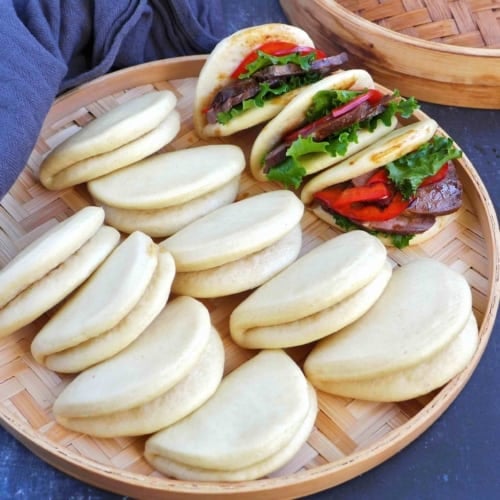
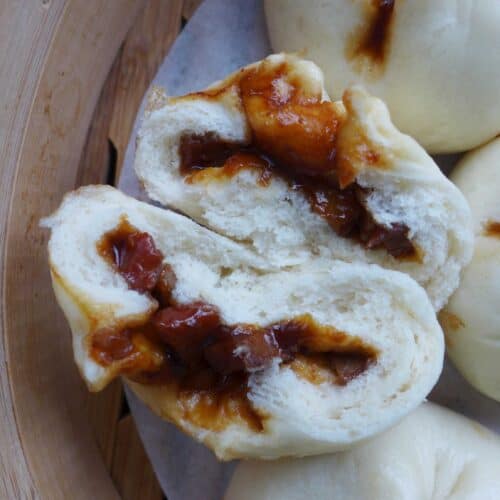
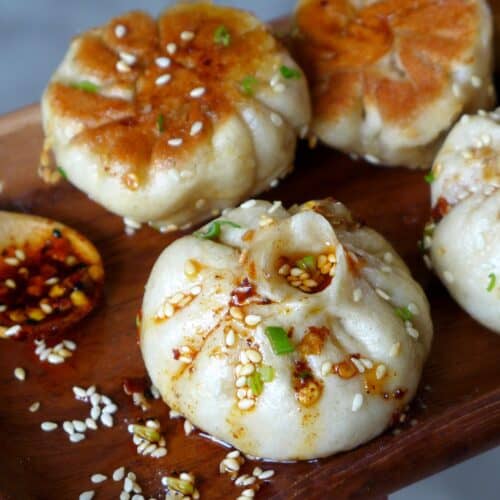
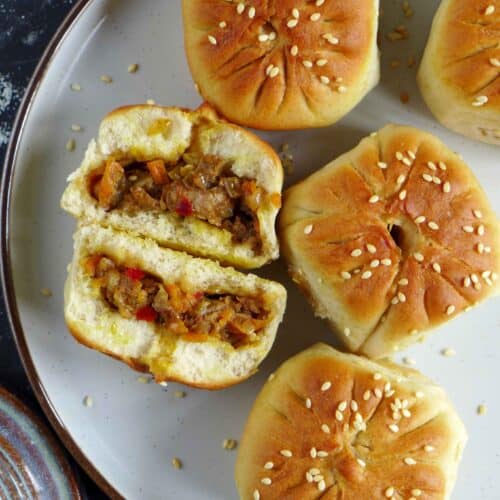
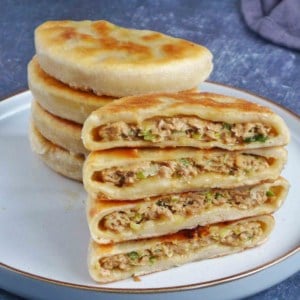
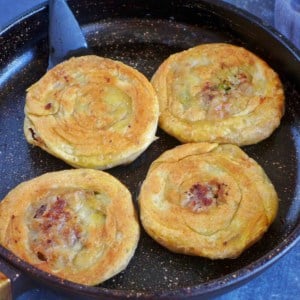
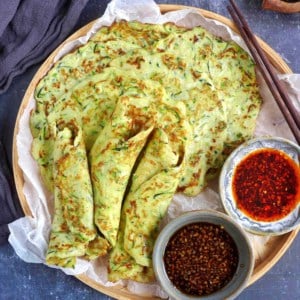

Bouncy with perfect chew! Used straight all purpose flour and added a few tablespoons extra water (would use 2/3 cup next time).
Glad the texture turned out perfect! Adjusting the water when necessary is a great tip. Sounds like you’ve got it just right, Christine.
Hi! I have a question: I’m wanting to make the dough one day and then refrigerate it to fill and steam the next day, would that cause the baozi to not turn out great or could I do that without worry? Thanks for the amazing recipe!!
Hi Mattie! The dough for this recipe cannot be stored overnight. If you want to prepare in advance, it’s best to cook the bao buns as instructed, then store them in the fridge for up to 3 days or freeze for up to 3 months. To reheat, simply steam them (without defrosting), and they’ll taste just as good as fresh!
Hello. I’m wondering what kind of yeast you used. Is it instant or active dry yeast?
I use instant dried yeast. Happy steaming, Jasmine!
Hi Wei, thank you for a brilliant recipe! I tried your tip for adding some corn flour to lower the gluten level of my flour and it worked really well!!
I have a question – every time I make baozi they get damp blotches after steaming (i.e. they are not opaque all over) – they are tasty and my family eats them no problem, but I would like them to look better and to be fluffy and white allover.
I kneaded the dough thoroughly, by hand, for about 15min.
You’re very welcome, Nadya! I’m so glad you found the corn flour tip helpful! For the damp blotches, try to roll the wrapper evenly and not too thin, so it can better withstand moisture from the filling. Letting the shaped baozi rest a little longer before steaming can also help improve their texture and appearance. Another option is to use the yeast + baking powder method (found in my post on Folded Bao Buns), which makes it easier to achieve the right texture.
After these have been steamed the first time and cooled, can I freeze and re-steam for meals later in the week?
Yes, that’s the correct way to store and reheat the buns. Happy cooking!
This recipe is SO GOOOOODDD! Thank you for sharing this recipe
That’s wonderful to hear, Rose!
Oh my gosh, the accuracy of having to hold my breath before opening the lid. LOL. I couldn’t tell you how much has gone to waste in my many failed attempts. My buns mostly end up either wrinkled or they collapse. I am sooo happy I came across your recipe, hands down the best one and the easiest to follow.
Delighted to read your feedback, Mitch!
I’ve made bao buns before and have been disappointed with the dough, tough and chewy. Your recipe with its excellent detail has resulted in perfect bao – thank you so much!
My pleasure to share, Jen! Delight my recipe worked well for you.
These are delicious and easy to make. I consider them a healthy alternative to sausage rolls and pies! We love them!
Love your comparison, Deborah! So happy you enjoyed the recipe.
What is the diameter of the dough disk wrapper?
Around 4 inches/10 cm. Happy cooking, Deborah!
These are so good. I’ve tried and failed to make bao twice before, but third time was the charm! Your recipe is so easy to follow, they turned out so fluffy and with a chili oil sauce were amazing. I love bao but even the Asian grocer where I live wants $3.50 apiece for frozen ones, and the restaurants sell three for $15-17 and that is too much for me to get my fix. Homemade is much better on the wallet. I will need to practice my folding skills more, but I’m definitely going to be making a batch to keep in the freezer. Thank you for sharing your wonderful recipe!
You’re welcome Mary. Glad my recipe satisfied your craving.